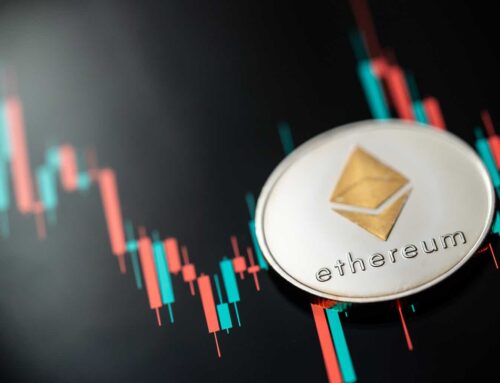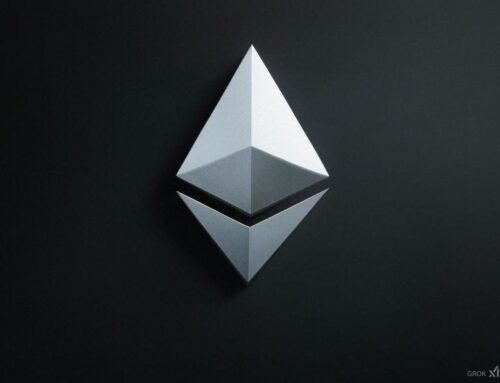7 years after the Lubin-Song bet, is Ethereum doing better?
May 14, 2025
This is a segment from the Supply Shock newsletter. To read full editions, subscribe.
We’re still early when it comes to crypto, that much is clear.
Some are just earlier than others. That goes for investors, users and, if we’re being generous, blockchain networks themselves.
Today’s newsletter remembers one of the most expensive bets in Bitcoin history, at least only counting bets made outside of trading and investment contexts.
Seven years ago, Bitcoiner Jimmy Song and Ethereum co-founder Joe Lubin made their famous gambit on whether Ethereum apps would gain a certain amount of traction over the next half-decade (with an end date of May 2023).
All things considered, Lubin would’ve lost. Has anything changed in the last two years?
The bet went like this:
If a handful of Ethereum apps had an amount of active users on par with a mildly popular iPhone app, then Song would have to pay $500,000 ETH to Lubin.
Otherwise, Lubin would need to pay an equivalent amount of bitcoin to Song.
For Lubin to win, at least five Ethereum “dapps” would need to reach 10,000 daily active users and at least 100,000 active users per calendar month, for at least six calendar months in any one 12-month stretch.
Nobody really uses the term “dapp” anymore, though, so we’ll just call them apps. The real kicker was that the prize money was meant to be pegged to the prices of ETH and BTC at the time of the bet, in May 2018.
So, Song would’ve had to put up 810.8 ETH, worth more than $2.1 million right now, while Lubin had to pledge 69.74 BTC, or $7.25 million in today’s money.
Granted, there’s no real way to determine how many active users any blockchain app really has, Ethereum or otherwise, due to how unreliable the active addresses metric is.
As Blockworks Research puts it, active address counts are not a measure of user growth, so the bet was really doomed from the start.
Still, let’s suspend the disbelief to see how the bet would’ve played out had Song and Lubin actually followed through, arbitrator and all.
We already know that Lubin would’ve probably lost. CoinDesk found there were indeed five applications on Ethereum that had the required level of usage at the time: Circle, OpenSea, Tether, Uniswap and wrapped ETH.
Are Circle, Tether and wrapped ETH really “dapps”? Not really, so it was safe to say that Song was the winner, which would’ve put Lubin millions of dollars in the hole.
Then again, the bet was never officially on to begin with. Sad!
As for whether Song would’ve won if the bet spanned seven years instead of five: not really. Uniswap still meets the minimum threshold, but apps like Banana Gun, 1inch and MetaMask aren’t yet maintaining above the 10,000 active address minimum to qualify, per Artemis data.
Not to mention, Ethereum layer-2s such as Base, Optimism and Arbitrum were not around in 2018, so perhaps the bet would look different if it were made today.
In any case, Song’s original thesis was that if a popular app were to exist on Ethereum, then eventually, a similar app on a more centralized platform (“cheaper, faster, more scalable, more maintainable and upgradable”) would come along and steal those users.
Seven years later, those threats still exist, even if the pie that’s up for grabs is much larger.
Updated May 14, 2025 at 12:30 pm ET: Corrected value of bet.
Get the news in your inbox. Explore Blockworks newsletters:
- The Breakdown: Decoding crypto and the markets. Daily.
- Empire: Crypto news and analysis to start your day.
- Forward Guidance: The intersection of crypto, macro and policy.
- 0xResearch: Alpha directly in your inbox.
- Lightspeed: All things Solana.
- The Drop: Apps, games, memes and more.
- Supply Shock: Bitcoin, bitcoin, bitcoin.
Search
RECENT PRESS RELEASES
Related Post




